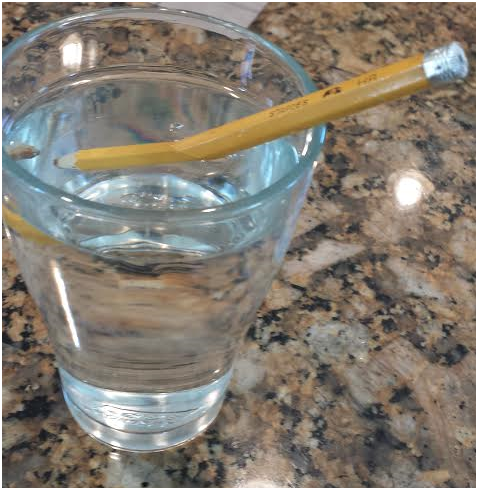Reflection and refraction
This lesson will discuss and show easily the difference between reflection and refraction.
What is reflection?
There is no doubt you have seen examples of reflection in your lifetime. You have seen your face reflected in a mirror, in a quiet water of lakes, or some other smooth surfaces.
When a beam of light reaches a
mirror, the light does not travel through the mirror. Instead, the
mirror's surface returns the light back into the air. The light is
reflected.
Sound waves can also be reflected. This happens when you hear an echo. An echo is a sound that is return to you because the sound waves are reflected back.
The
surface of a water though does not produce a clear reflection. A long
time ago, the Egyptians used polished metal mirrors to view their
images.These were not perfect either, but they did the job.
A metal surface just like a mirror is rigid to light waves. When light shines upon the metal surface, it does not propagate into the metal. Instead, it is reflected back.
Today, mirrors can produce great reflection as they are produced by the evaporation of aluminum or silver onto highly polished glass.
What is refraction?
Water is not as rigid as a metal surface. Light can actually propagate into the water. When light passes from air into water, something interesting happens. The direction of the light waves changes as they enter the water. This is called refraction.
A great example of refraction is when you put a pencil in a glass of water. The pencil appears to be bent!
Take a close look at the image above where we put a pencil inside a glass of water. You will see that the portion of the pencil that is submerged appears to be bent.
Difference between reflection and refraction
With reflection, light waves bounces off a medium while with refraction, light waves enter the medium and change direction.
